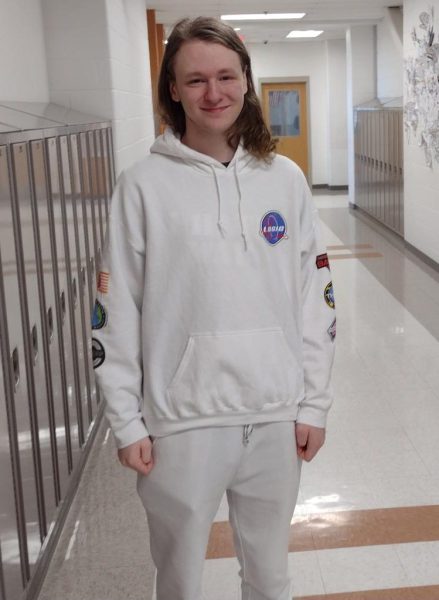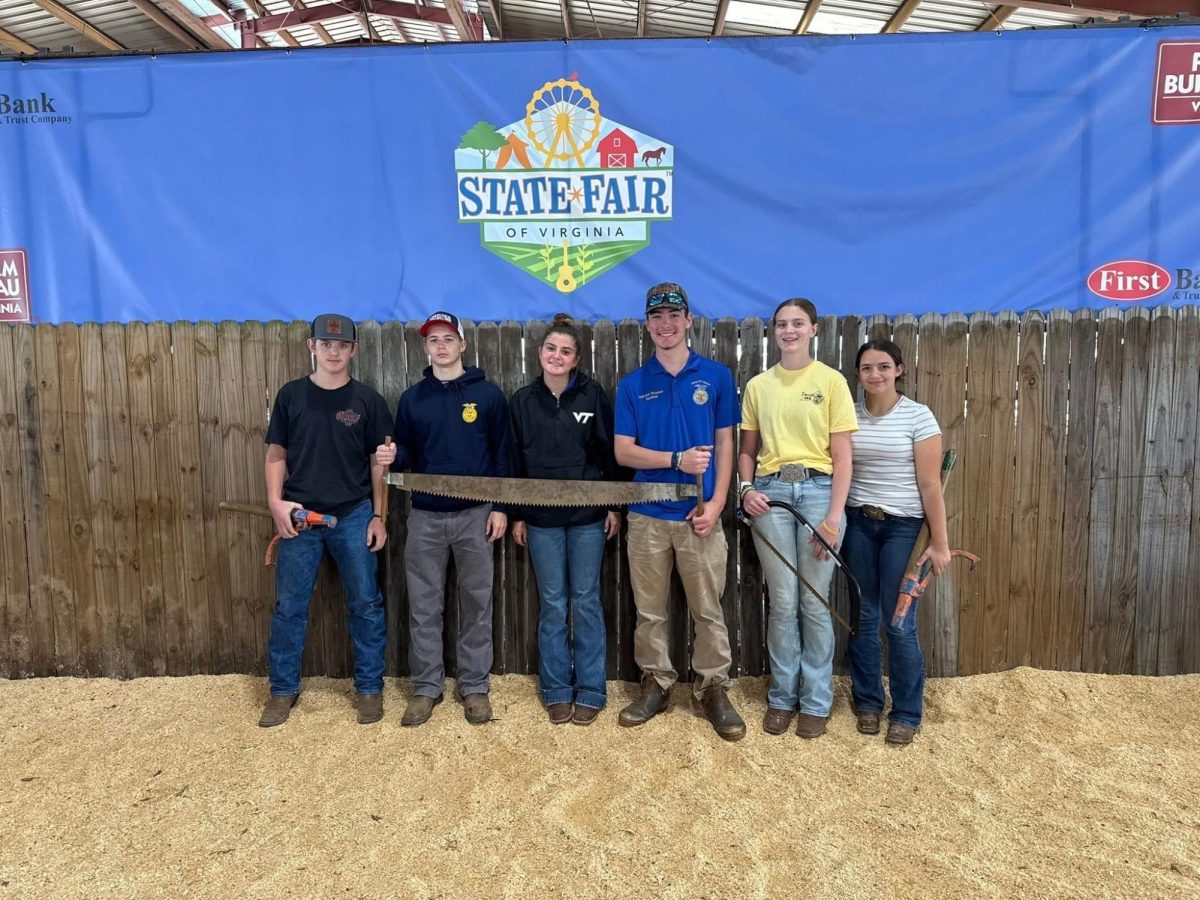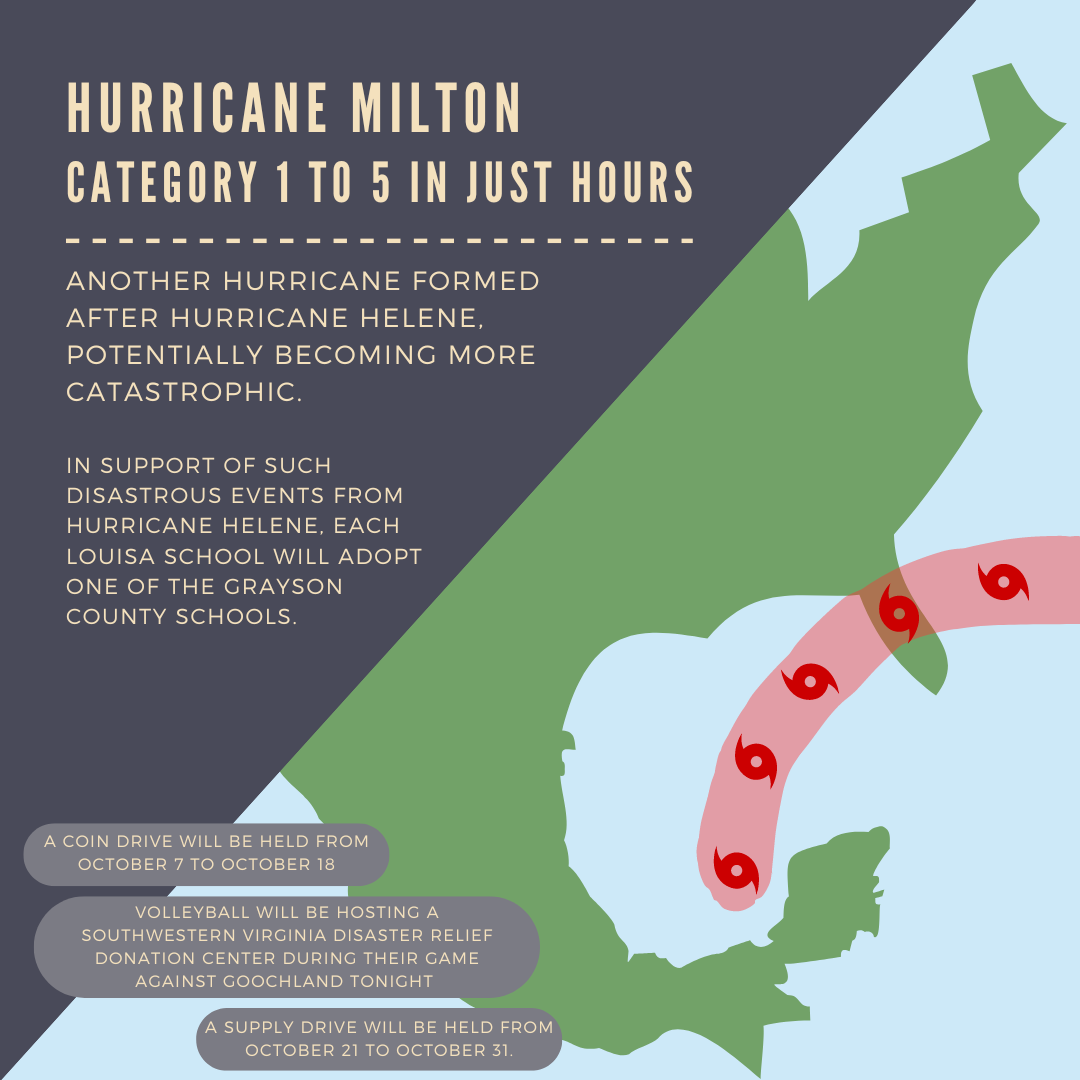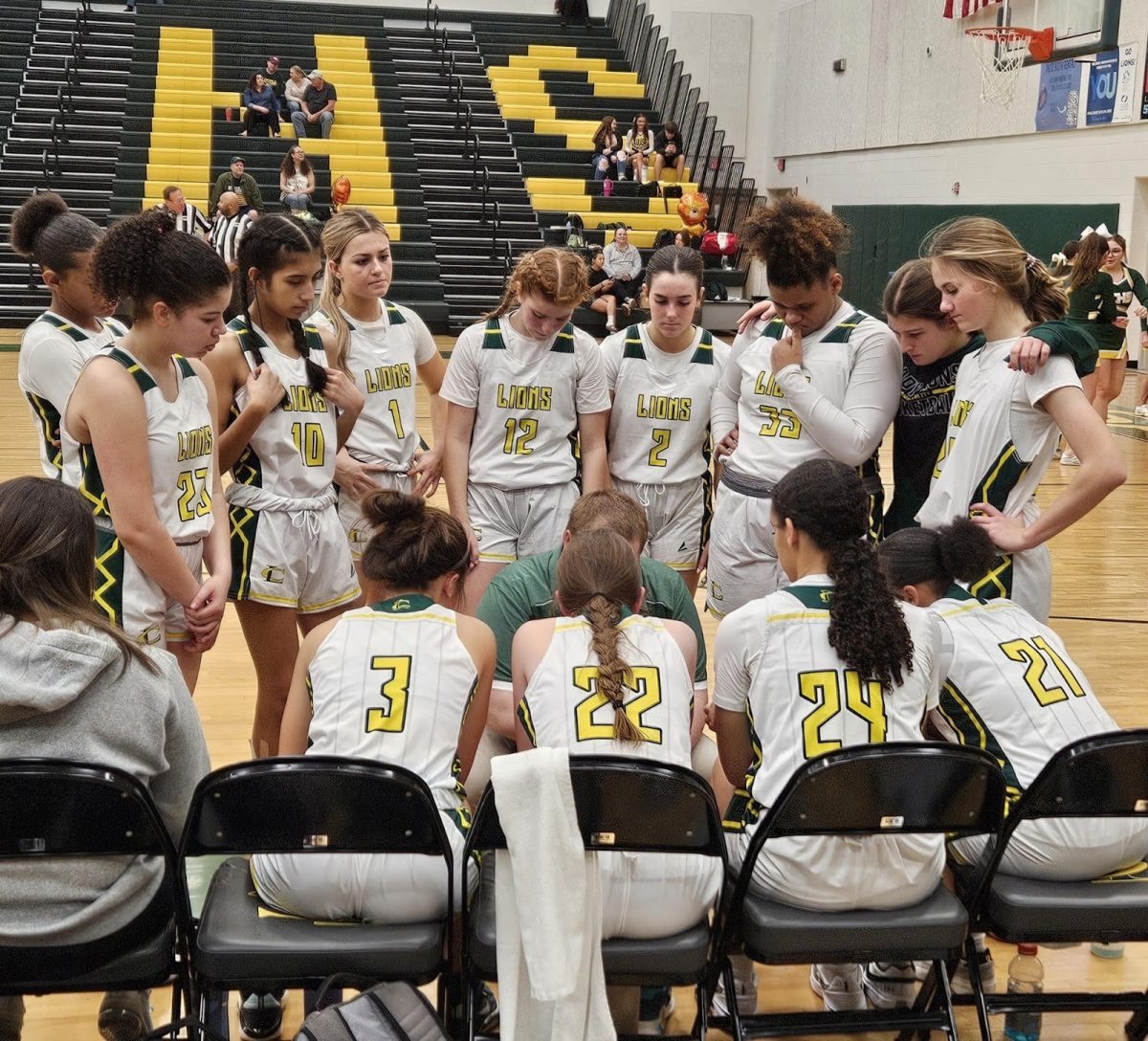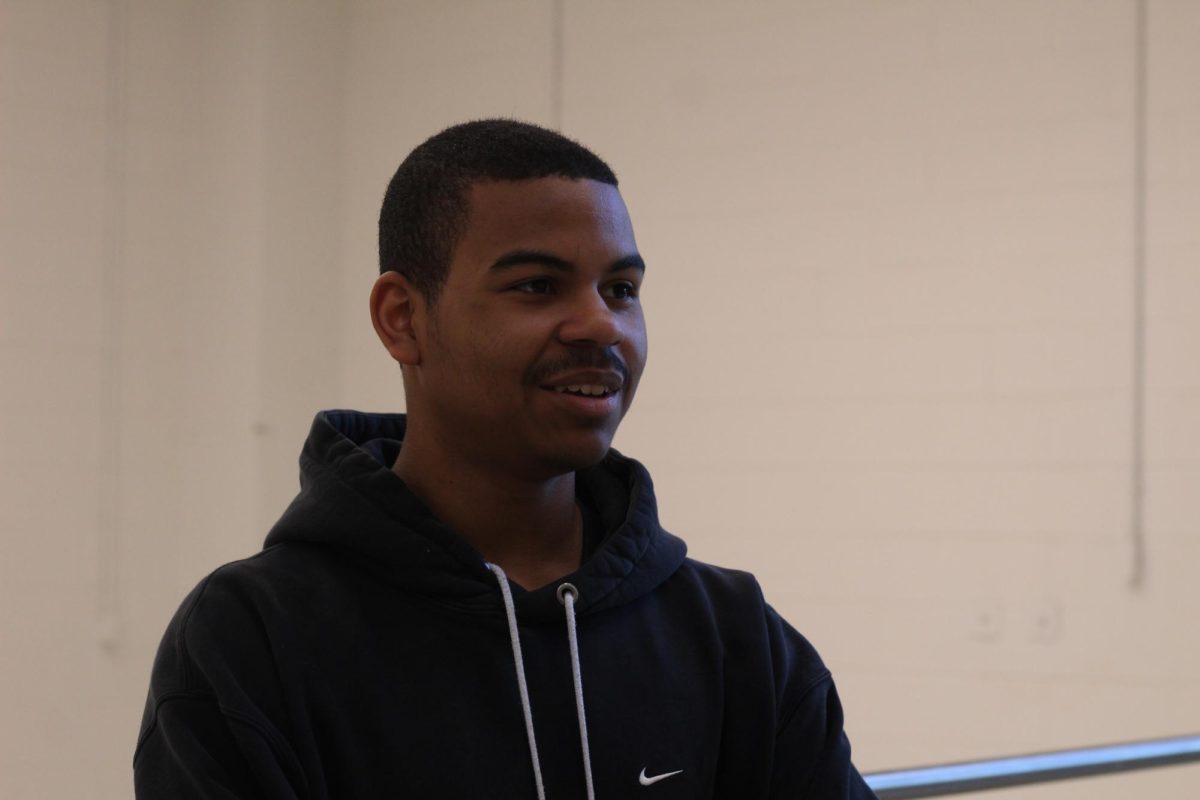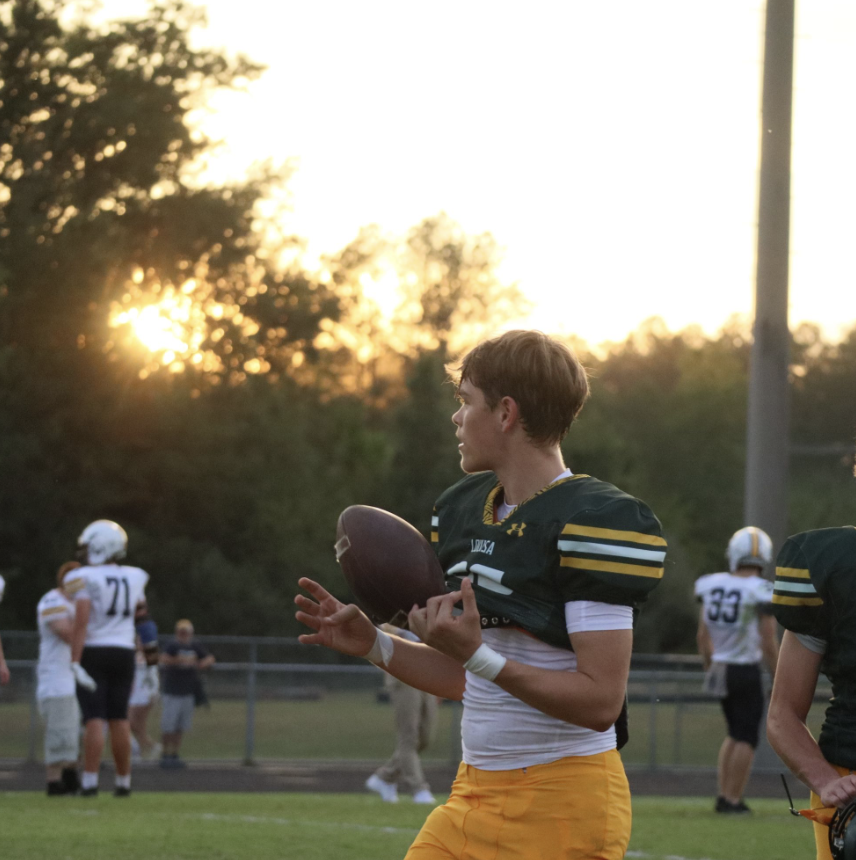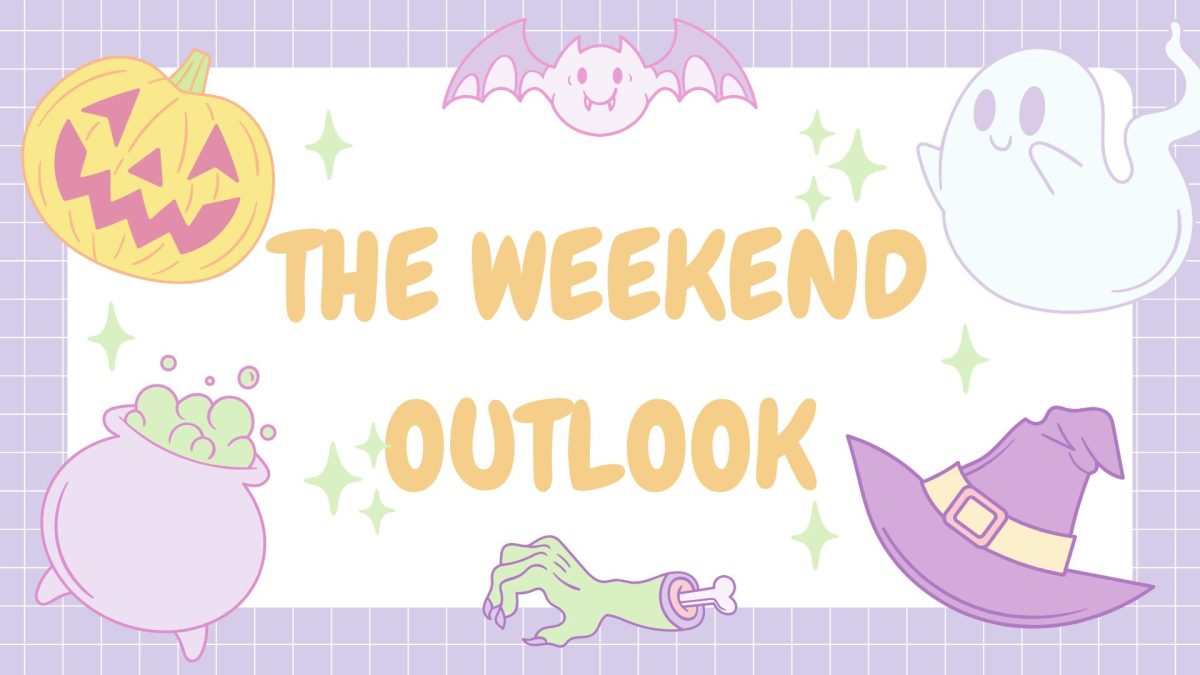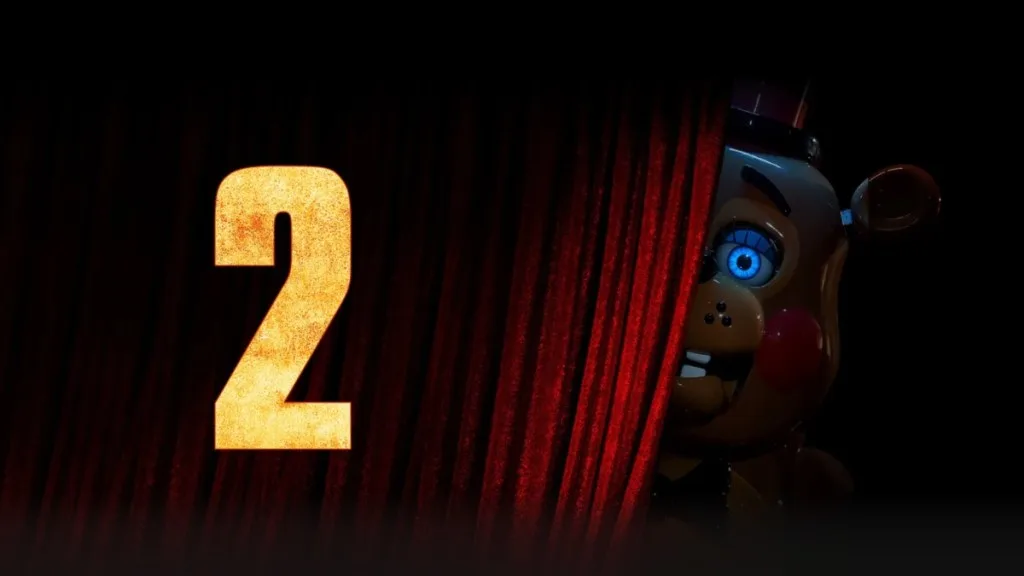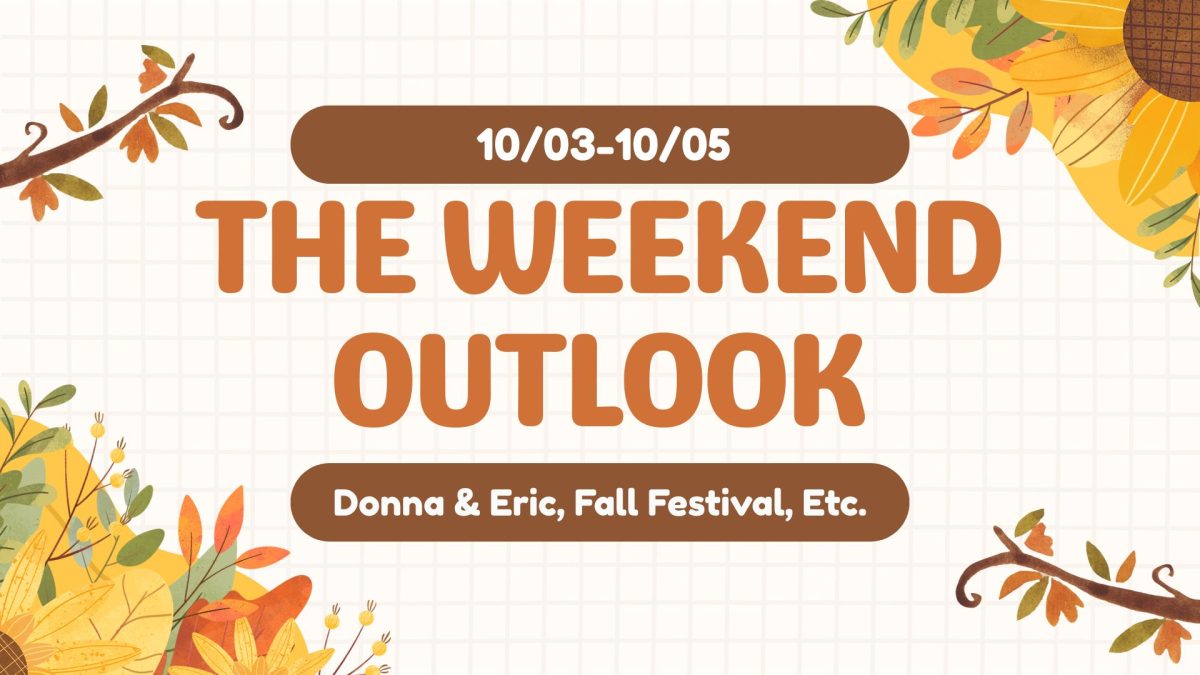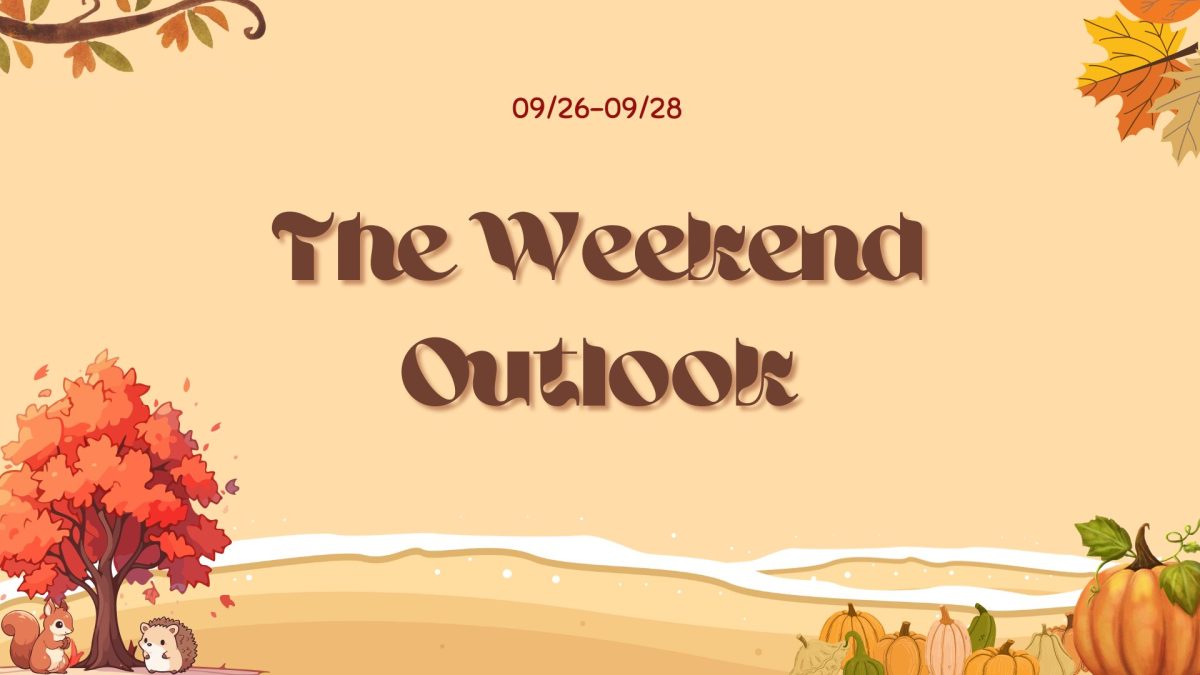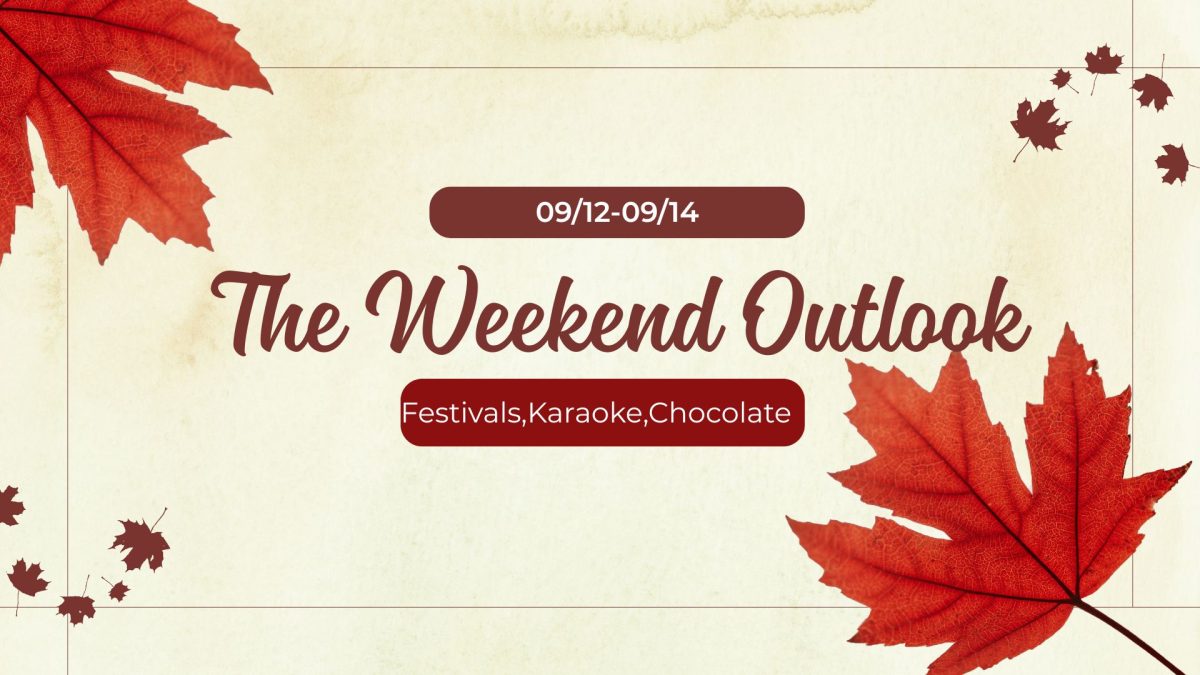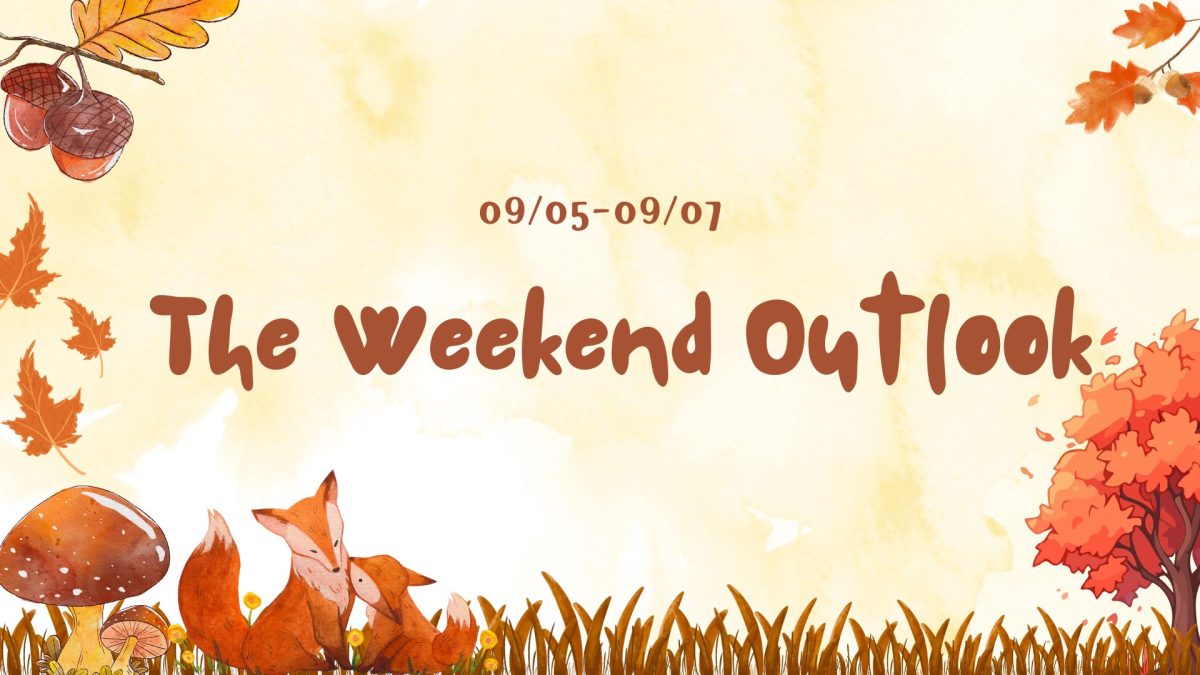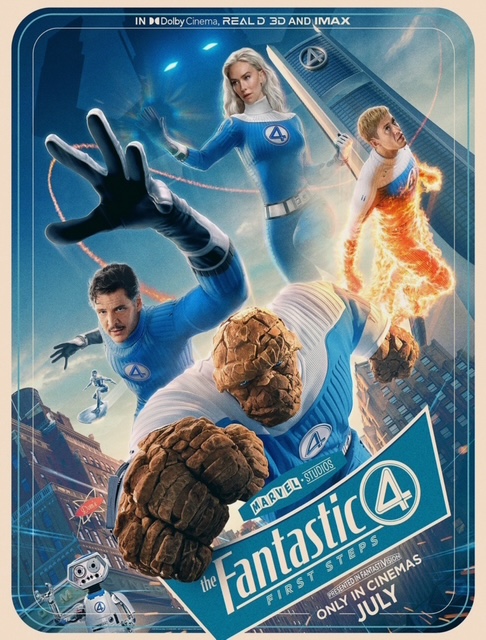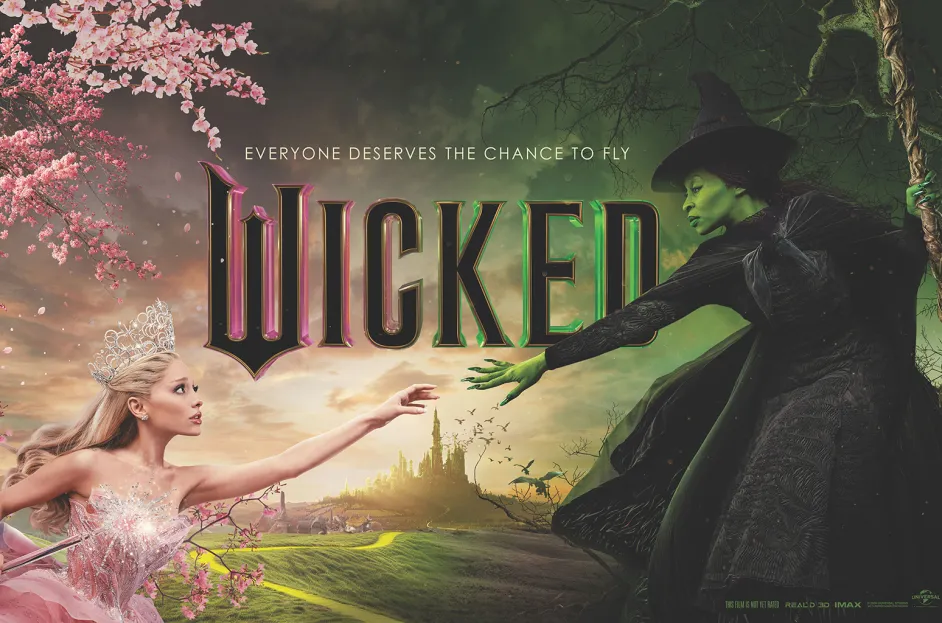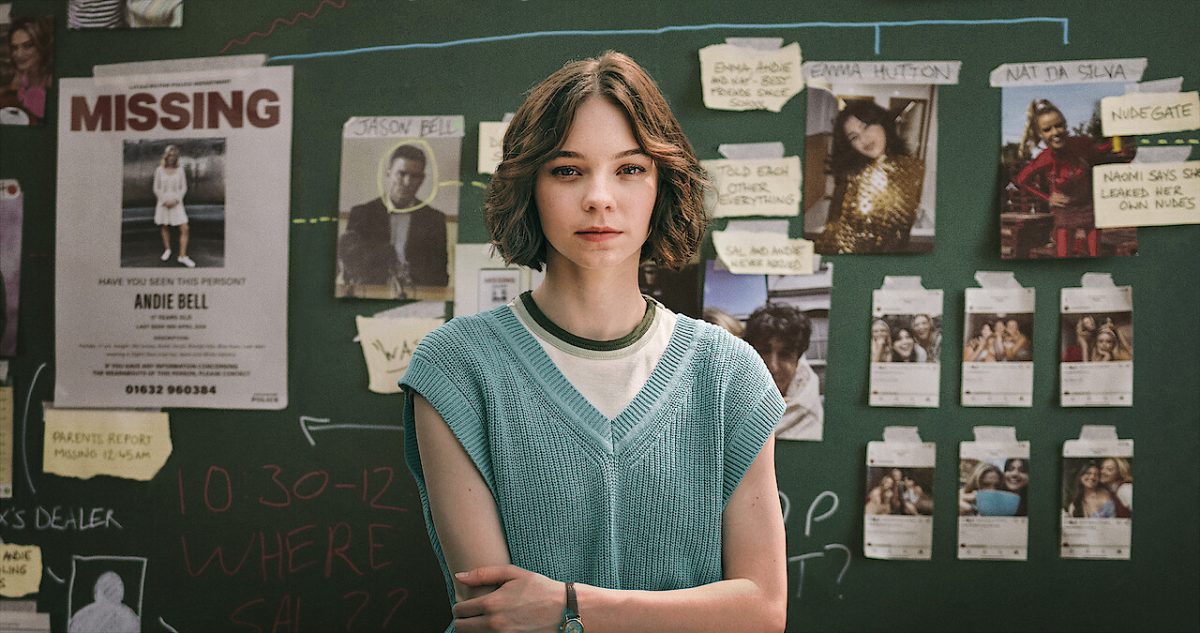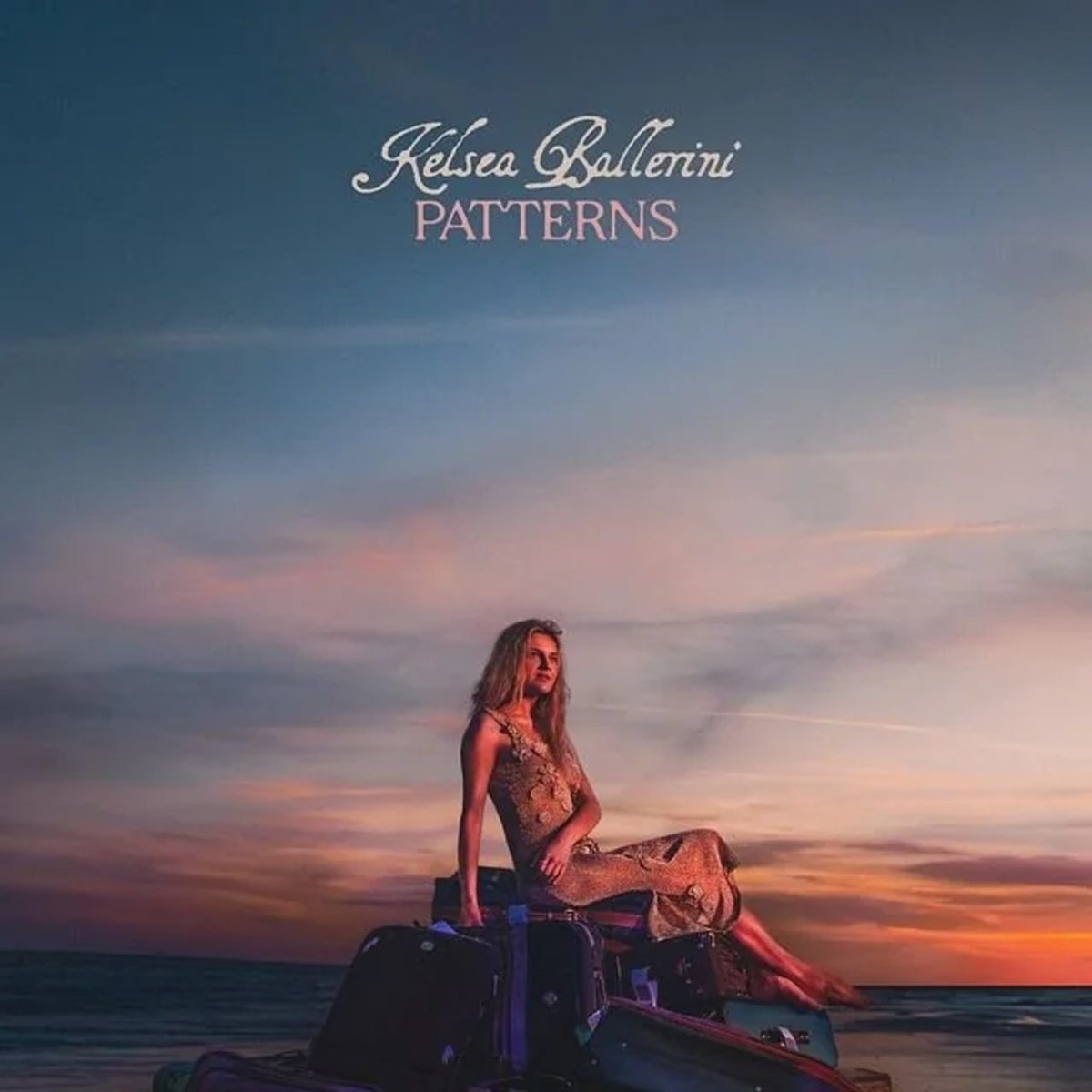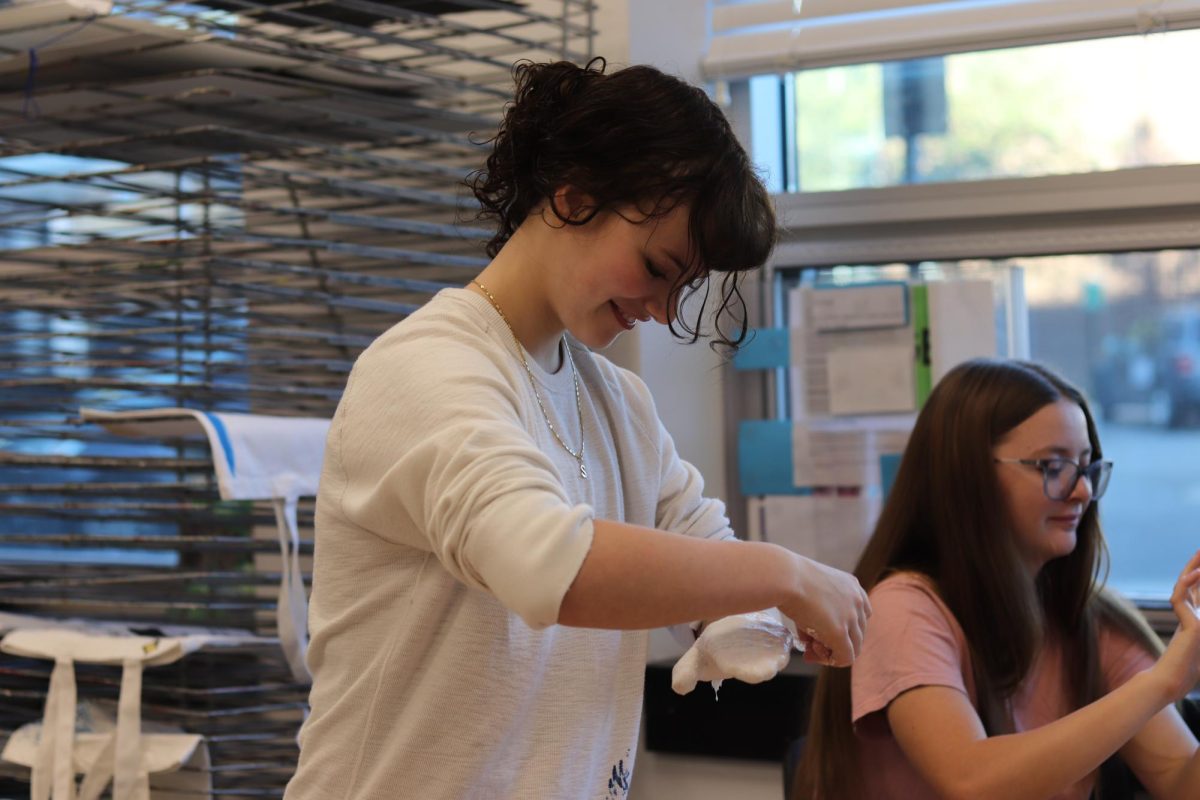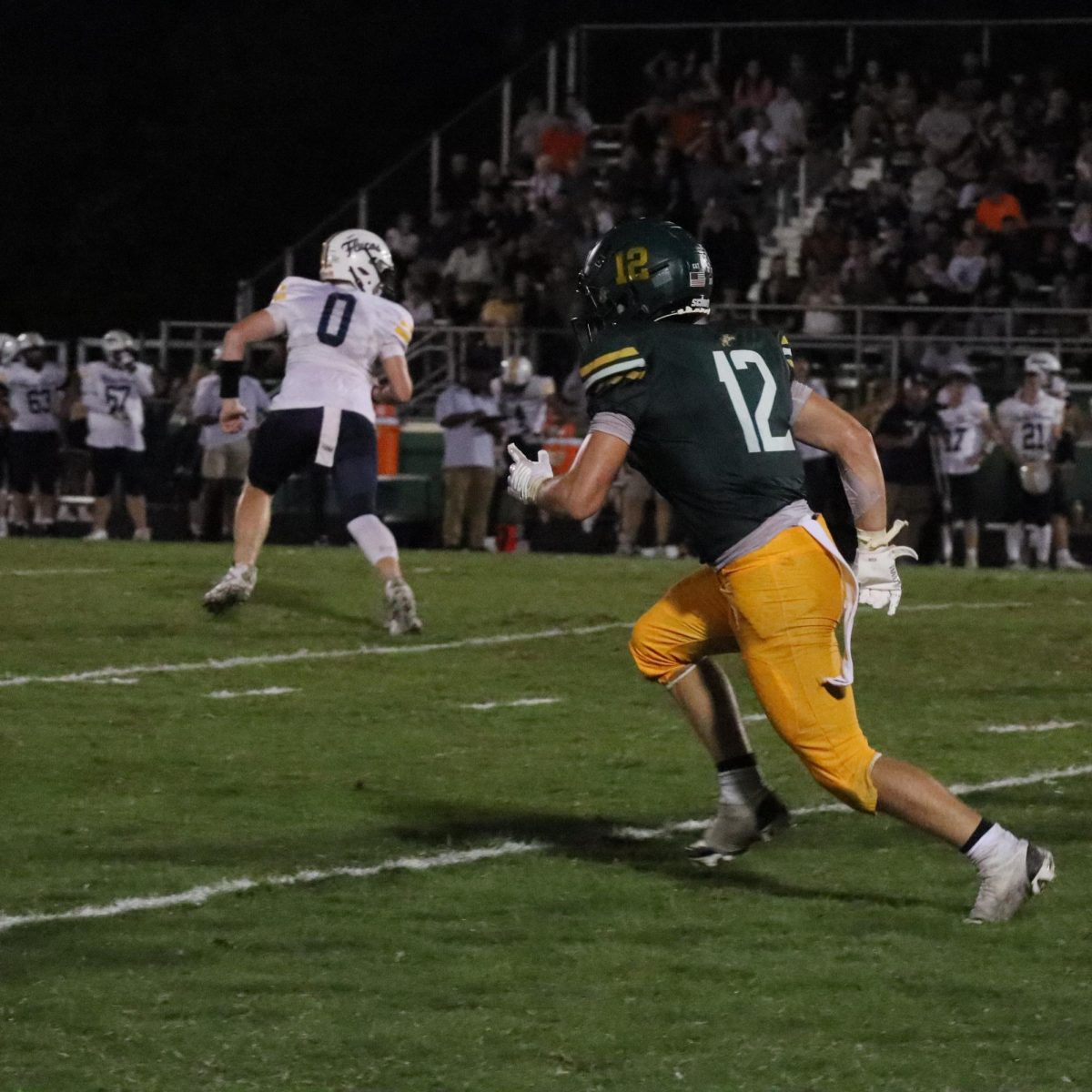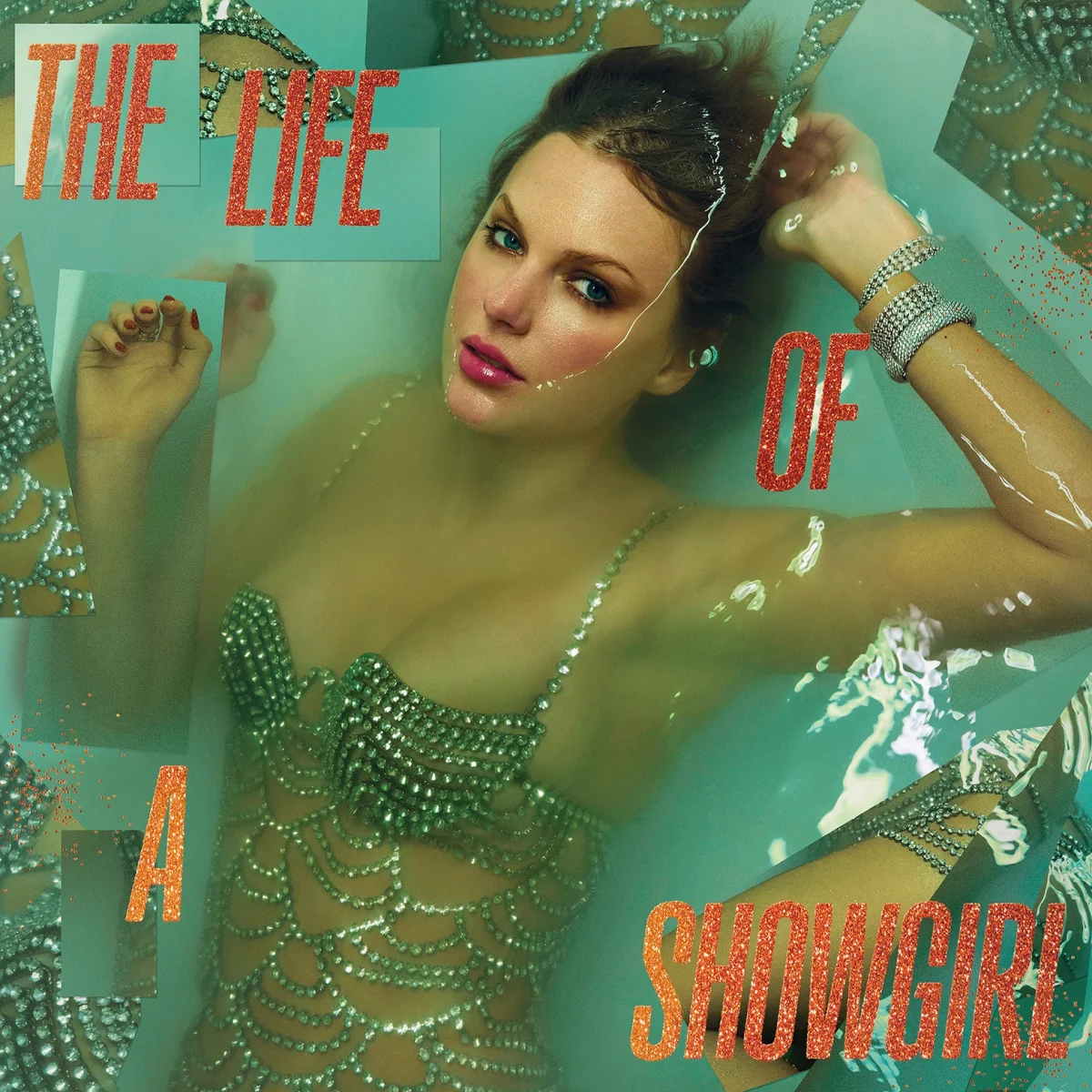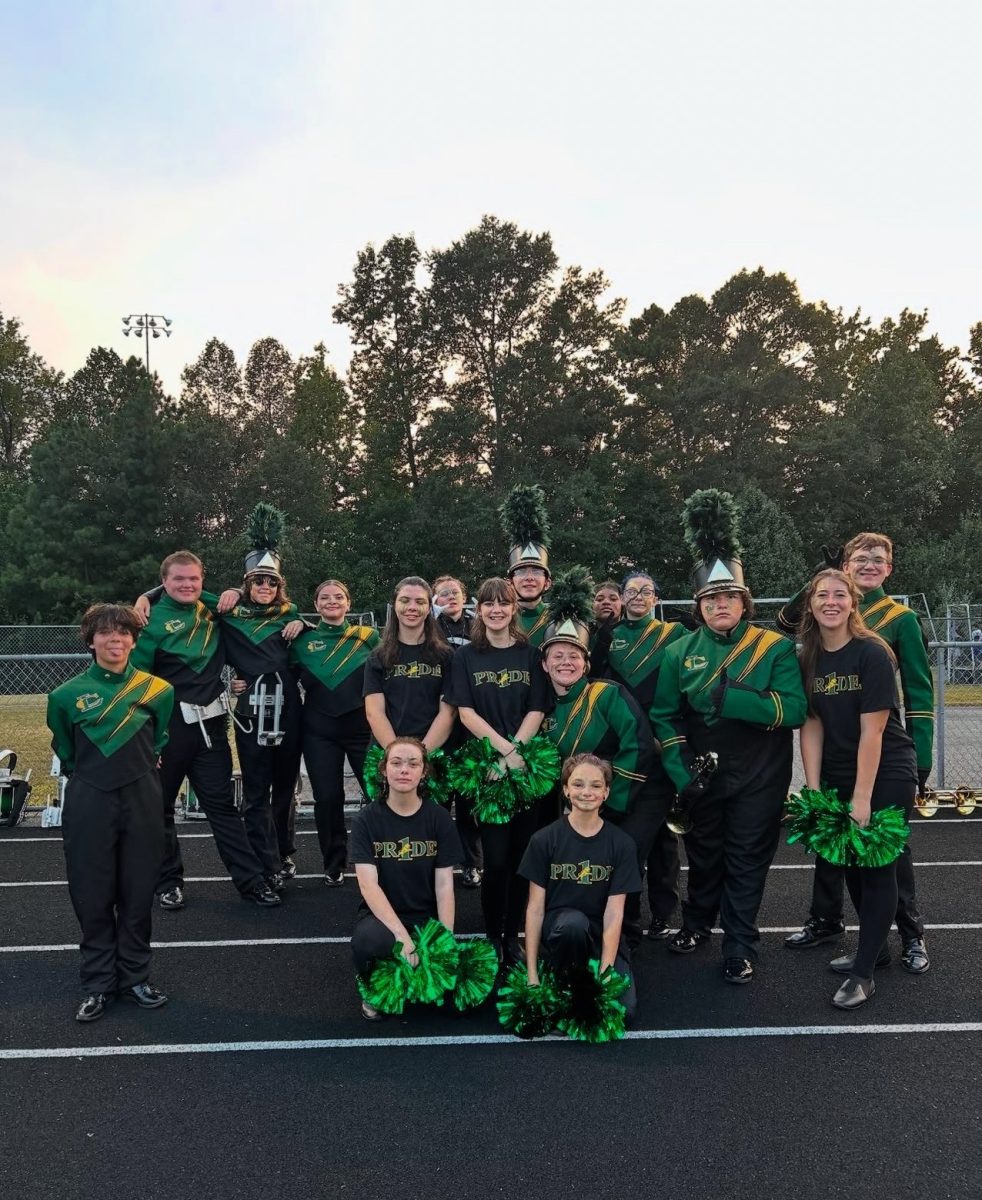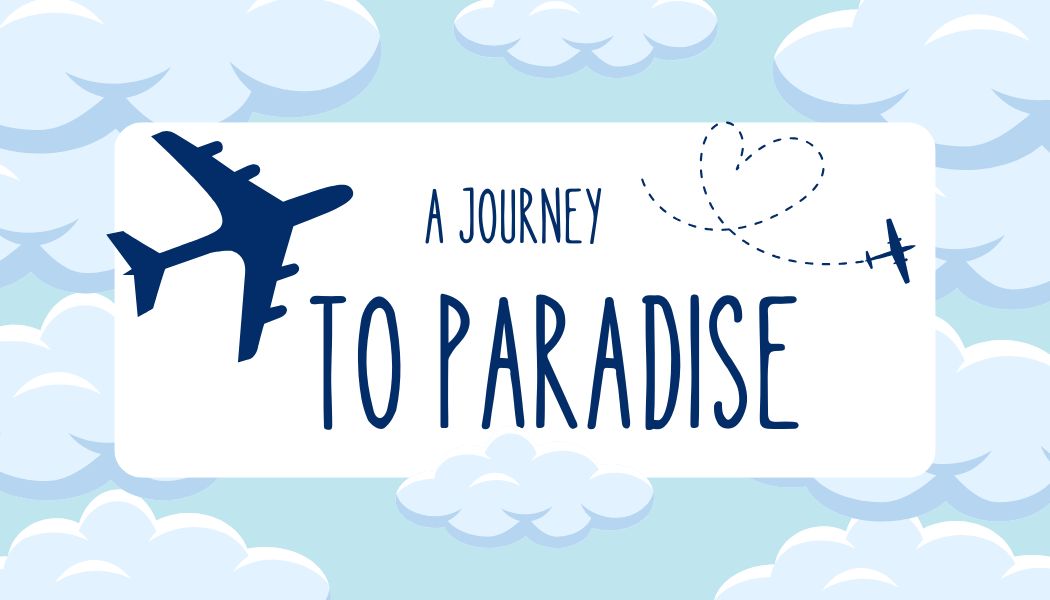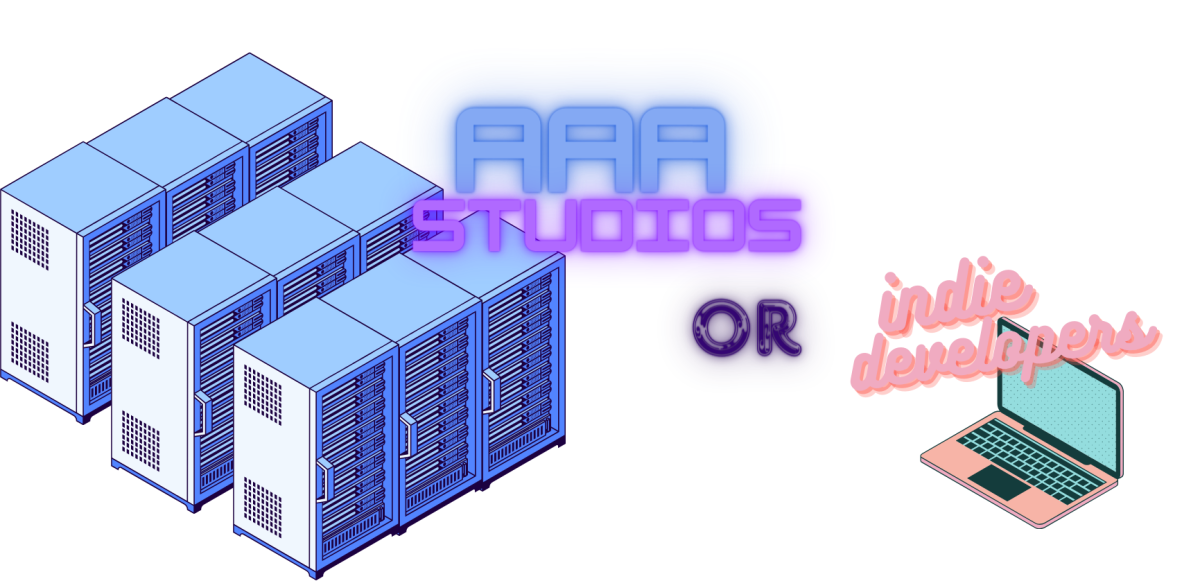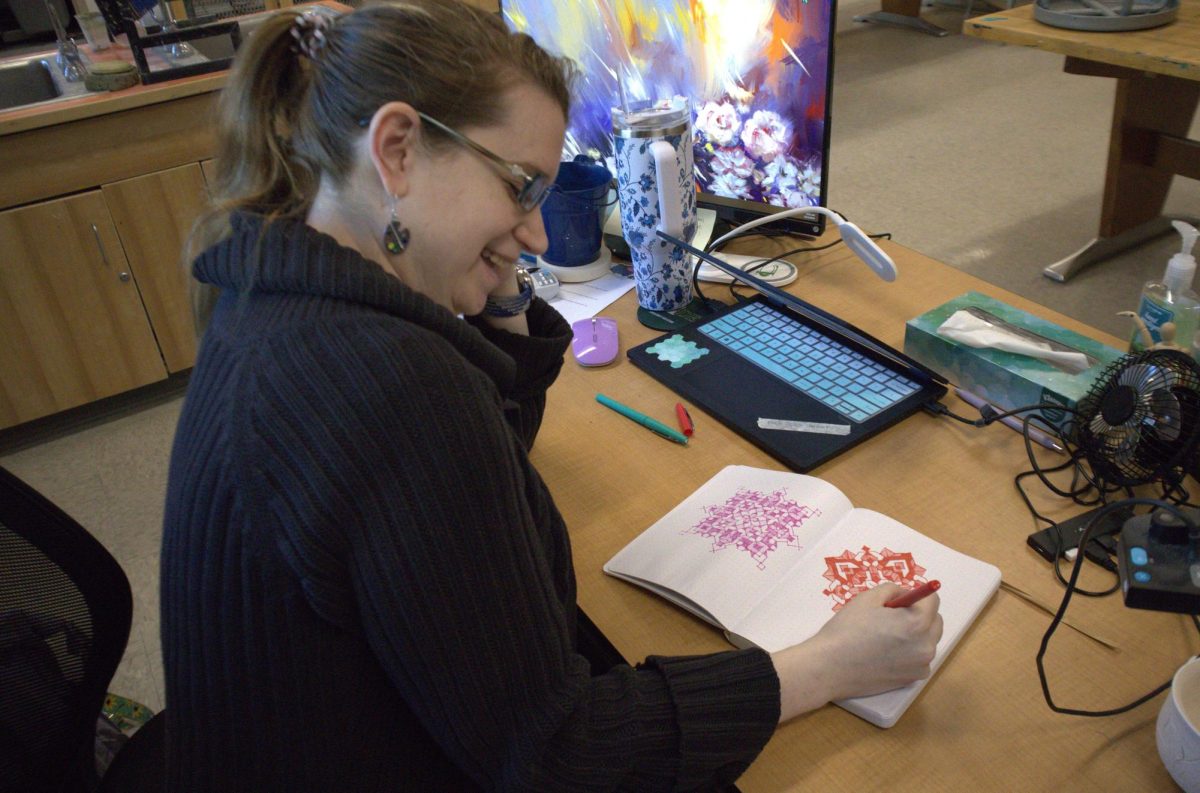Gaming is a hobby that many people enjoy, while others prefer to be the developers. These past few years have seen lots of development in the game industry, with many games being released in 2023 such as Ghostwire Tokyo or Pikmin 4. More are set to release in 2024 such as Tekken 8 or S.T.A.L.K.E.R. 2 Heart of Chernobyl.
Some people have reconsidered buying $60 products from tech giants and corporations. Consumers are investing in inexpensive games made by smaller developers like Hakita, Zeekers, and Pocket Pair.
“I feel like indie games have a lot more care put into them than games by larger companies,” junior Quinn Vilbert said. “Indie games have a lot of passion and small details, but games from larger companies feel rushed and unfinished.”
Indie developers (indie devs) are small groups or solo developers working independently from big companies. Most don’t have a publisher, but some, such as Hakita, will hire one for publicity and refinement. AAA studios are large game companies with high budgets and high price tags, who often value graphics over gameplay.
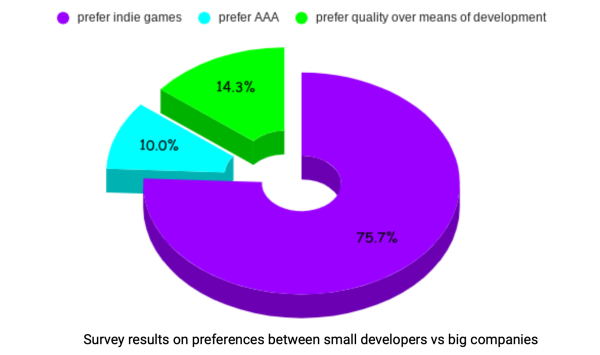
“Indie games are a lot cheaper,” senior Aubrey Hotchkiss said, “AAAs are always sixty bucks, or I can buy ten indie games for sixty and have a lot more content to sift through.”
Some, however, don’t have a preference who made a given game as long as the final product is good.
“I believe a good game is a good game,” Va/Us history and civics teacher Chris Pearson said. “It shouldn’t matter who makes it.”
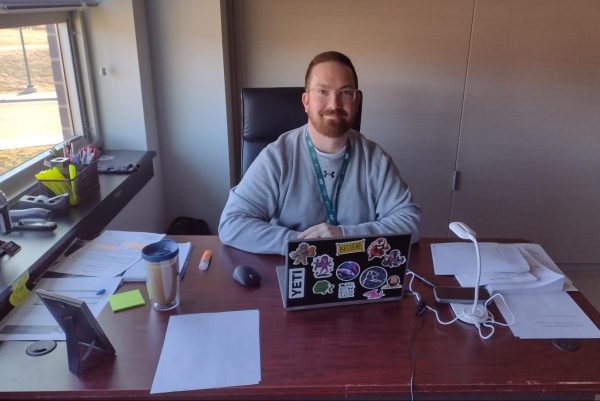
Several students believe the most important parts to a game are the time invested in development and the writing of the story, when there is one. One such example is OneShot, a game where the player helps a Niko save a world on the brink and get back home, which was developed from 2003 to 2017.
“I want to be an art director; they make sure that the story and visuals all look good,” senior Breeana Reynolds said. “It’s really important, especially in indie studios where they don’t really have the assets to be making the same high quality models that AAA studios can.”
Despite being made with very limited resources, indie games often stand out from AAA and other indies, one such example being PalWorld.
“I like PalWorld because it lets me play with friends,” senior Cristyn Torres Rivera said. “That little but puts it above Pokémon.”
PalWorld is a game inspired by Pokémon where the player explores and captures Pals, which are any living thing that can be picked up in a Pal Sphere. Pals can then be made to help with crafting, farming, and resource gathering around the home base. Despite over nineteen million copies sold in total and being the biggest third party launch to ever be included by game pass, according to Ars Technica, players noted faults.
“PalWorld requires multiplayer to be great,” Rivera said, “It’s missing a solid storyline. you just kind of go around and fight Pals.”
Even without a storyline, PalWorld has sold almost as many copies as Pokémon Scarlet and Pokémon Violet, which, combined, have 23 million sales, according to Game Rant. Even Terraria, a game developed and released by twelve people and has no narrative connected to gameplay, is the world’s 10th most popular game with 44 million sales as of 2022, according to the wiki Terraria.fandom.
“Terraria feels like a bigger game by a bigger company,” senior Trevor Bass said, “The way it’s grown over time, the game feels more polished and has a lot of content from years of updates.”
With the vast array of genres, and some pioneering new ones such as Five Nights at Freddy’s with mascot horror, indie games occupy a diverse market where some may be similar but no two are quite the same.
“There’s an indie game for everyone,” Hotchkiss said. “And they’ll never be anything more than just an indie if you don’t play them, go try some.”
